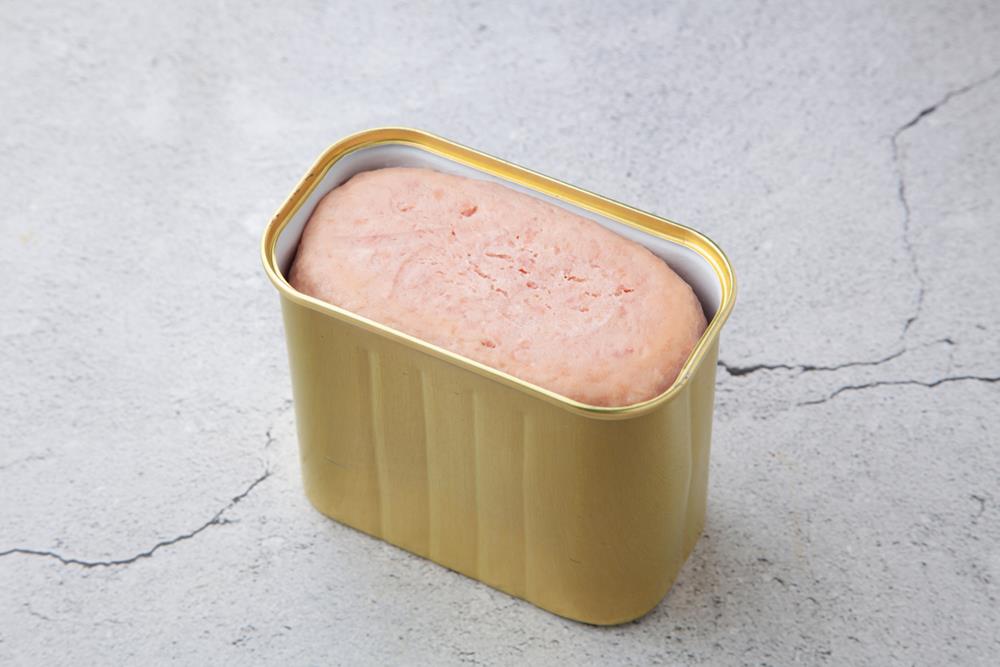How Long Does Spam Last? Shelf Life Explained

Whether you're stocking up for emergencies, camping trips, or just want a reliable pantry staple, Spam is a go-to for its convenience and long shelf life. But how long does it really last, and how can you tell when it's no longer safe to eat?
In this article, we’ll break down Spam’s shelf life, including how long it lasts unopened, how to store it properly once opened, and what signs to watch for if it goes bad. Understanding how to keep Spam safe and fresh can help you make the most of this iconic canned meat—whether you're preparing for the long haul or just planning your next meal.
| Condition | Storage Method | Expected Shelf Life | Notes |
|---|---|---|---|
| Unopened Spam | Cool, dry place (e.g., pantry) | 2 to 5 years or longer | “Best by” date indicates peak quality, not safety. Proper storage can extend usability. |
| Opened Spam | Refrigerated in airtight container | 3 to 4 days (up to 7–10 days for best quality) | Keep at or below 40°F (4°C); discard if signs of spoilage appear. |
| Poorly Stored Spam | Exposed to heat, moisture, or sunlight | Reduced shelf life | Can spoil faster; storage in hot garages or humid areas not recommended. |
| Expired or questionable Spam | N/A | N/A | Check for signs of spoilage: discoloration, off smell, slimy texture, swollen or damaged can. |
Understanding the Shelf Life of Spam
Spam is known for its long shelf life, and that’s no accident. Its canning process and the use of preservatives like sodium nitrite help it stay safe and edible for years.
Unopened Spam can last 2 to 5 years at room temperature when stored in a cool, dry place. The “best by” date printed on the can is more about quality than safety—Spam often remains safe to eat well beyond that date if the can is intact.
Once opened, however, Spam is more like any other perishable meat. It should be stored in an airtight container in the refrigerator and eaten within 3 to 4 days.
Always check for signs of spoilage—such as a sour smell, discoloration, or a slimy texture—before eating. Proper storage and handling go a long way in maximizing both safety and taste.
Factors Affecting the Longevity of Spam

Spam has a long shelf life, but how you store it plays a big role in how long it actually lasts.
Storage conditions matter most. Keep Spam in a cool, dry place—such as a pantry—and away from direct sunlight or heat sources. Excess heat or humidity can shorten its shelf life and affect flavor and texture.
The metal can helps protect it from light, oxygen, and contamination, while salt and preservatives like sodium nitrite help prevent spoilage.
Spam is also cooked at high temperatures during processing, which kills bacteria and extends its shelf stability.
Still, poor storage—like keeping it in a hot garage or near moisture—can lead to faster spoilage. While the expiration date is a useful guide, ideal storage conditions can help Spam stay safe and tasty well beyond that date.
Decoding Spam Expiration Dates

Those “best by” dates on a can of Spam can be confusing, but they’re not an expiration warning. Instead, they mark the period during which the manufacturer guarantees optimal flavor and texture.
Spam is often safe to eat well beyond the printed date, especially when stored properly in a cool, dry place. While it may not taste quite as fresh, its shelf life can extend several years past the “best by” date—typically up to 2 to 5 years or more.
That said, always inspect the can and contents before eating. If you notice bulging, rust, leaks, discoloration, or a sour smell, it’s best to toss it. With proper storage, Spam can remain a safe and reliable pantry staple, even long after the label says otherwise.
Proper Storage of Spam for Maximum Shelf Life

Knowing how to store Spam correctly is key to getting the most out of its already impressive shelf life.
Unopened Spam: Keep it in a cool, dry place like a pantry or cupboard. Avoid direct sunlight, heat, and humidity. Under proper conditions, it can last 2 to 5 years or even longer beyond the “best by” date.
Opened Spam: Once opened, transfer it to an airtight container or wrap it tightly in its original packaging. Store it in the refrigerator at or below 40°F (4°C) and use it within 3 to 4 days. For best quality, aim to finish it within 7 to 10 days.
Also, avoid storing Spam near moisture or in high-humidity environments, which can compromise the can and lead to spoilage. With proper storage, you can ensure your Spam stays safe, fresh, and ready whenever you need it.
Signs Your Spam May Have Gone Bad
Knowing how to recognize spoiled Spam is key to avoiding foodborne illness.
Here are the most common warning signs:
Discoloration: If the Spam has unusual colors—especially green, blue, or gray patches—it’s a clear sign of mold or bacterial growth.
Off smell: A sour, rancid, or otherwise unpleasant odor means it’s no longer safe to eat.
Strange texture: If the meat feels slimy, mushy, or sticky, it’s likely spoiled and should be discarded.
Damaged or swollen can: A bulging, rusted, or heavily dented can can indicate gas buildup from bacterial activity, which is a serious safety concern.
When in doubt, trust your senses. If something looks, smells, or feels off, it’s best to play it safe and throw it out.




